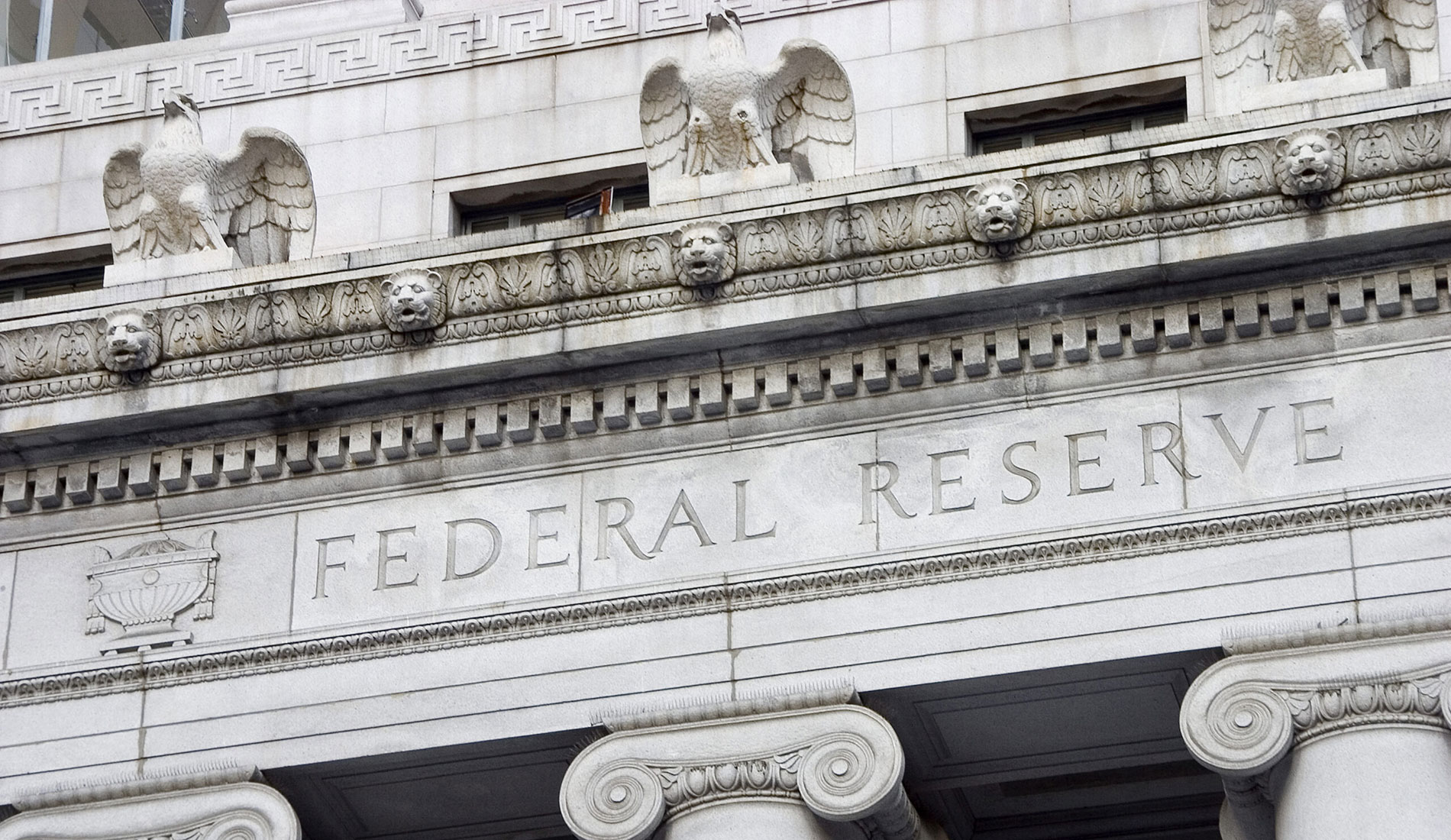Money makes the world go round, but despite all its attention, only some people realize its impact on the economy.
It’s A Fact: Money Supply Is Very Important To Watch
Even Wall Street veterans have only a hazy notion of how the ‘money supply’ of U.S. dollars affects the stock market.
We’re not suggesting that watching the money supply will always get you in and out of stocks at all the perfect times. But it will help you identify the biggest stock market killer, which we will reveal later in this article, as we feel an educational prelude to understanding how the ‘money supply’ works will make that information much more viable for investors.
Specific levels of growth in the money supply are closely linked to a thriving stock market. However, if money growth falls significantly below or exceeds these thresholds, the economy and stocks will likely suffer, underscoring the importance of money supply monitoring.
In the United States, the M1 money supply includes money in circulation plus checkable bank deposits.
The M2 money supply includes M1 plus savings deposits (less than $100,000) and mutual funds.
The M3 money supply includes those mentioned above in the M2, plus large bank deposits.
The Watering Hole
Like the Nile River in ancient Egypt, money is the source of our economic life. If more of it flows through, it’s easier for businesses and consumers to get loans. As this cash is spent, the economy becomes greener and more vibrant.
Just as the Nile River region fared best when water flowed steadily, our economy (and stock market) is healthiest when the money supply rises slowly and steadily.
When economic activity dries up if money growth is too sluggish—or worse, declining, businesses find it hard to borrow money, so they typically have to lay off workers. Consumers don’t have as much to spend. That scenario often forebodes a recession and a plunge in the stock market until the money supply increases.
There’s no more striking example of what a money shortage can do than the Great Depression. Between October 1929 and April 1933, the money supply fell by an incredible 33%.
The results were catastrophic. During those 3 ½ years, unemployment climbed to over 25%, and average household income was cut nearly in half. An unmitigated horror, the stock market lost over 75% of its value.
However, too-fast money growth is also bad news for stocks, just as a flood can be as destructive as a drought. Whenever there’s too much money floating around, its value decreases; you can’t buy as much as you used to with the same amount of cash. The result is rising inflation, which causes financial assets like stocks and bonds to tank.
So, just the right amount of money supply growth —not too much, not too little—is crucial for a healthy stock market. Otherwise, deflation or inflation starts to wreak havoc.

So, who controls the money supply?
Excellent question, my friends! The Federal Reserve controls the flow of money. It tries to prevent monetary floods and droughts by lowering or raising specific critical short-term interest rates. The Fed’s actions affect all other interest rates and act as a giant upstream dam.
For example, banks tend to extend more loans as interest rates fall. When they do, they create money that didn’t exist before, which pours into the economy. When interest rates rise, fewer loans are issued, so the money supply doesn’t grow as fast and sometimes shrinks.
Moreover, when the Fed lowers interest rates, the money supply doesn’t always “automatically” expand. There have been many historical instances (especially in the 1970s) when the Fed spiked interest rates to unprecedented levels, but money growth did, too. Theoretically, it should have shrunk the money supply, but had the opposite effect.
The Fed has a tough job because there is no singular optimal rate of money supply growth; it depends on the economy. The problem is that growth in the money supply does not rely solely on interest rates. Because the Federal Reserve can’t predict the future, it tends to overreact.
Conversely, the Fed sometimes unnecessarily lowers interest rates and causes a monetary flood. This often occurs when the economy is coming out of a recession, and central banks don’t want to risk another potential economic downturn.
Keynote: A flood of money can be just as bad as a drought. When too many dollar bills are floating around, there is often a burst of inflation.
Final Thoughts…
Some of you may have already guessed the biggest stock market killer.
By now, you have likely realized it’s not ‘high’ or ‘low’ interest rates. Although the money supply correlates, it’s only a player in the game. The biggest stock market killer is inflation.
For example, when inflation is up, it’s an indicator that the stock market could be adversely affected, and perhaps other investment vehicles are better suited to this type of economic climate.
Furthermore, when the economy is experiencing deflation, historically speaking, using empirical data as our source, the stock market tends to perform more favorably for investors.
This article is for informational purposes only. Every investor should make investment decisions that reflect their overall investment objectives.
Get In Touch
Leeb Capital Management offers no-obligation consultations with an investment professional.


